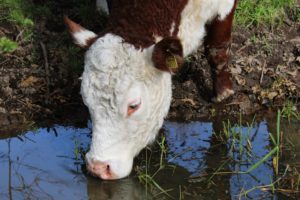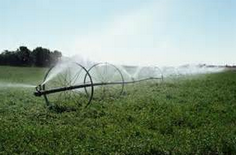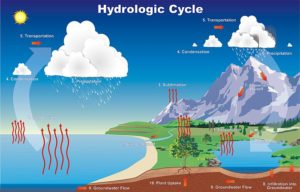California’s Water Futures Trading

Trading Water as a Commodity
Unappropriated water has long been considered a public resource. It is subject to private ownership rights and development, to be sure. But the law generally treats water differently compared to commodities like consumer goods or other natural resources like lumber. The UN recognized water’s essential role in the public commons in Resolution 64/292. It declared a “human right to water” and acknowledged “clean drinking water and sanitation as a human right that is essential for the full enjoyment of life and all human rights.” However, recent developments in water markets could signal a shift in long-held perspectives. In early December, California water futures contracts began trading on stock exchanges for the first time ever, bringing water in line with other commodities like gold and oil.
At its most basic level, a futures contract is an agreement to buy or sell a commodity at a future date. The price and amount is set at the time of the contract. This gives cost certainty to buyers in volatile markets, but also invites outside speculation. The water futures here are tied to the Nasdaq Veles California Water Index, which tracks the spot market for water in California. The index has doubled in value over the past year. Tying futures contracts to the index allows buyers to “lock in” a price long before they will actually purchase water.
Pros and Cons
Proponents of the venture claim that the futures will add price certainty and transparency to the traditional spot water markets. Spot markets typically bring high prices and uncertainty for water users in dry times. Farmers, municipalities, manufacturers, and energy producers can look to the futures market for data on current and past prices. They can use that information to make informed decisions about what future prices might look like in dry times down the road. This allows water users to enter into futures contracts to offset the higher cost of water in the future.
However, some detractors fear placing water futures on the open market undermines water’s value as a basic human right. Pedro Arrojo-Agudo, a UN expert on water, worries that the futures market poses a risk to individual water users. This is because “large agricultural and industrial players and large-scale utilities are the ones who can buy, marginalizing and impacting the vulnerable sector of the economy such as small-scale farmers.” Additionally, trading futures on stock exchanges invites speculation from outside investors like hedge funds and banks. Speculation could lead to bubbles like we saw in 2008 with the housing and food markets. After all, western states that regulate water under the Prior Appropriation Doctrine prohibit water speculation. This fear may be far from realization, though. Analysts believe that water is currently too abundant worldwide to become a highly sought after commodity on global financial markets.
Looking Forward
Though brand new, California’s water futures trading represents an interesting experiment in water market innovation. Currently, spot water markets are the dominant avenue to buy and sell water. Some entities, like the Western Water Market, are trying to make the process easier. These futures are another step in that direction. In Schroeder Law Office’s webinar, “Buying and Selling Water Rights,” we noted the difficulties in developing water markets. For example, water isn’t fungible, water rights include specific conditions and restrictions, and the transfer process is often lengthy, limited in allowable scope, and expensive. On top of that, scarcity issues abound. Although the new water futures trading will not solve those particular problems, it is worth keeping an eye on. Water futures may successfully help California water users better manage prices. If so, futures trading could spread throughout other western states.
Stay tuned to Schroeder Law Offices’ Water Law Blog for more water news!
This blog was drafted with assistance from law clerk Drew Hancherick, a student at Lewis & Clark Law School.

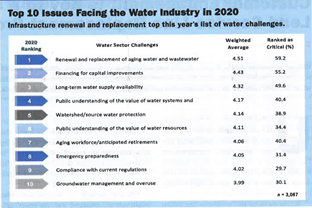


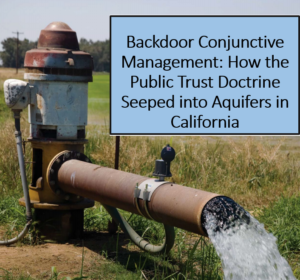

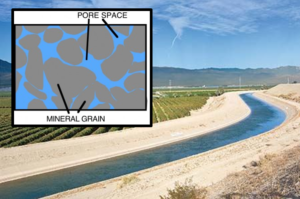

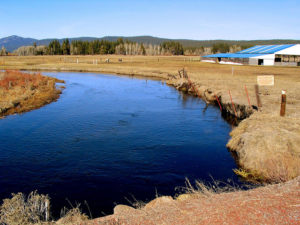

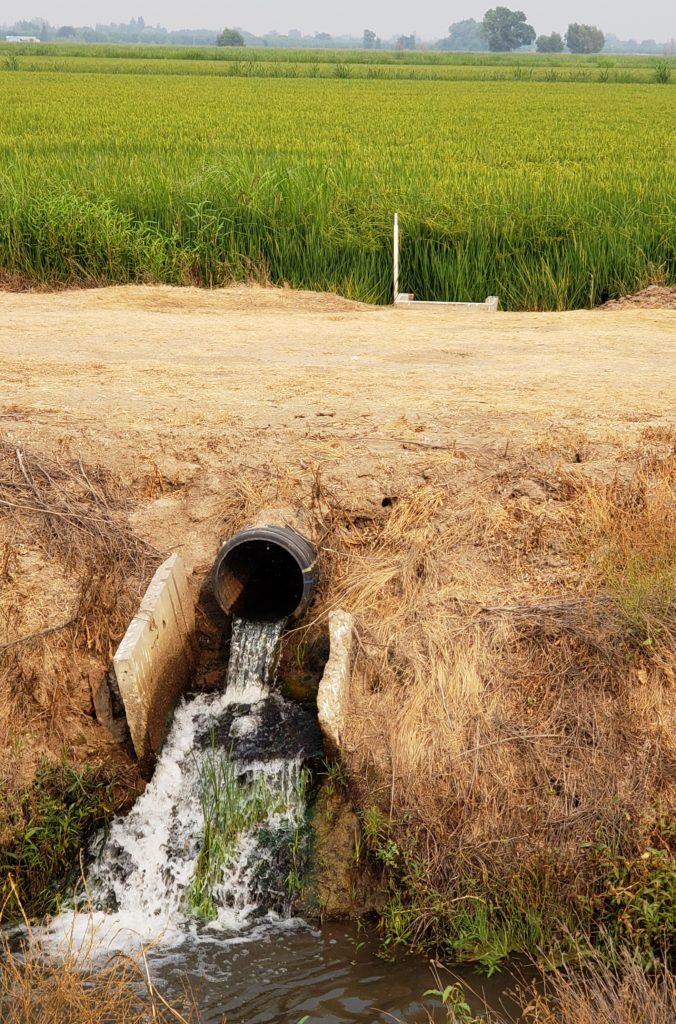

 Authored by: Valley Urricelqui
Authored by: Valley Urricelqui
